| description |
The vertex and mesonotum are fuscous to castaneous in color, with the mesonotal carinae typically concolorous but sometimes a dull orange. The vertex is moderately broad and variable, with the median length typically about equal to the width of the apex of the posterior emargination. The face is usually fuscous to brown in color, sometimes castaneous, with prominent carinae that range from brown to orange. The frons is moderately narrow with the width greater than the median length. The wings are highly variable in color, being almost immaculate in some specimens and variously banded and spotted with fuscous in other specimens. Well-marked individuals have two or three spots in the costal cells. The wing venation is typically pale except where brown spotting or banding occurs. The stigma is a distinct brown color. Adult males are 5.4 to 6.7 mm long. (Mead & Kramer, 1982) |
| plant associates |
Adults have been collected from Pinus rigida, Quercus ellipsoidalis, Carya sp., Quercus laevis, Pinus virginiana, Solidago (nymphs on roots). (Mead & Kramer, 1982)
"Nymphs of cixiids are subterranean, feeding on roots and possibly fungi. The significance of adult host records is unclear. Many cixiids are presumed to be polyphagous (as adults), most often on woody plants." (UDEL) |
| comments |
This may be the most difficult genus of planthoppers, perhaps even hoppers to identify in North Carolina. This species is most similar to M. vicarius, and together quinquelineatus and vicarius form a complex/cluster within Melanoliarus. These two species are unlikely, as of right now, to be distinguishable by photo alone and instead need to be dissected, but vicarius does tend to be longer and have wings that are more highly colored. There are also slight differences in the male genitalia of these two closely related species: see Mead & Kramer, 1982 for additional information on these differences.
Nymphs of this species have been known to overwinter in Virginia (Mead & Kramer, 1982). |
Species Photo Gallery for Melanoliarus quinquelineatus No Common Name |
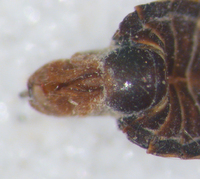 | Photo by: Bo Sullivan
Jones Co.
Comment: male, 6.1 mm | 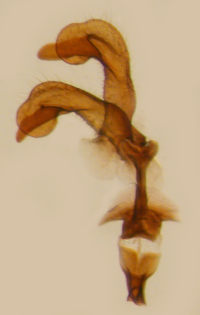 | Photo by: Bo Sullivan
Jones Co.
Comment: male, 6.1 mm |
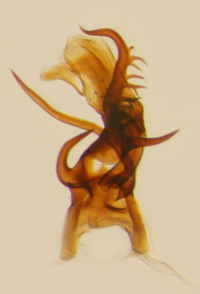 | Photo by: Bo Sullivan
Jones Co.
Comment: male, 6.1 mm | 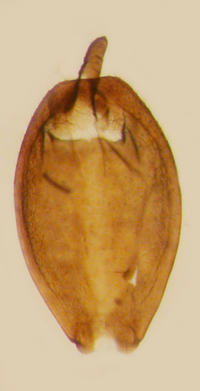 | Photo by: Bo Sullivan
Jones Co.
Comment: male, 6.1 mm |
 | Photo by: Bo Sullivan
Jones Co.
Comment: male, 6.1 mm |  | Photo by: Bo Sullivan
Jones Co.
Comment: male, 6.1 mm |
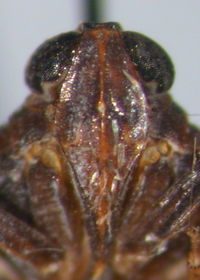 | Photo by: Bo Sullivan
Jones Co.
Comment: male, 6.1 mm |  | Photo by: Bo Sullivan
Jones Co.
Comment: male, 6.1 mm |
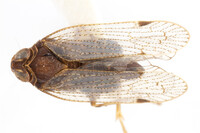 | Photo by: W.J. Morse
Out Of State Co.
Comment: UDCC_TCN 00106057, coll. W.J. Morse, det. C. R. Bartlett; male | 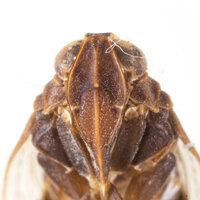 | Photo by: W.J. Morse
Out Of State Co.
Comment: UDCC_TCN 00106057, coll. W.J. Morse, det. C. R. Bartlett; male |
 | Photo by: W.J. Morse
Out Of State Co.
Comment: UDCC_TCN 00106057, coll. W.J. Morse, det. C. R. Bartlett; male | 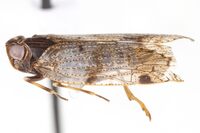 | Photo by: unknown
Out Of State Co.
Comment: UDCC_TCN 00095034, det. C.R. Bartlett, female |
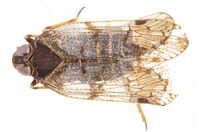 | Photo by: unknown
Out Of State Co.
Comment: UDCC_TCN 00095034, det. C.R. Bartlett, female |  | Photo by: unknown
Out Of State Co.
Comment: UDCC_TCN 00095034, det. C.R. Bartlett, female |
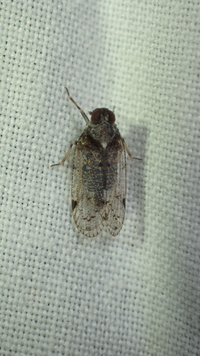 | Photo by: Erich Hofmann, David George, Rich Teper, Jeff Niznik
New Hanover Co.
Comment: | 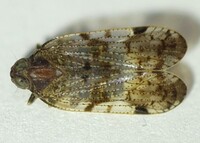 | Photo by: Rob Van Epps
Mecklenburg Co.
Comment: Caught sweeping in weedy field. |
 | Photo by: Rob Van Epps
Mecklenburg Co.
Comment: Caught sweeping in weedy field. | 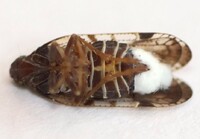 | Photo by: Rob Van Epps
Mecklenburg Co.
Comment: Caught sweeping in weedy field. |
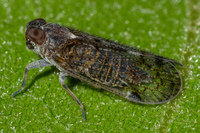 | Photo by: Scott Bolick
Montgomery Co.
Comment: |  | Photo by: Scott Bolick
Montgomery Co.
Comment: |
|

 »
»
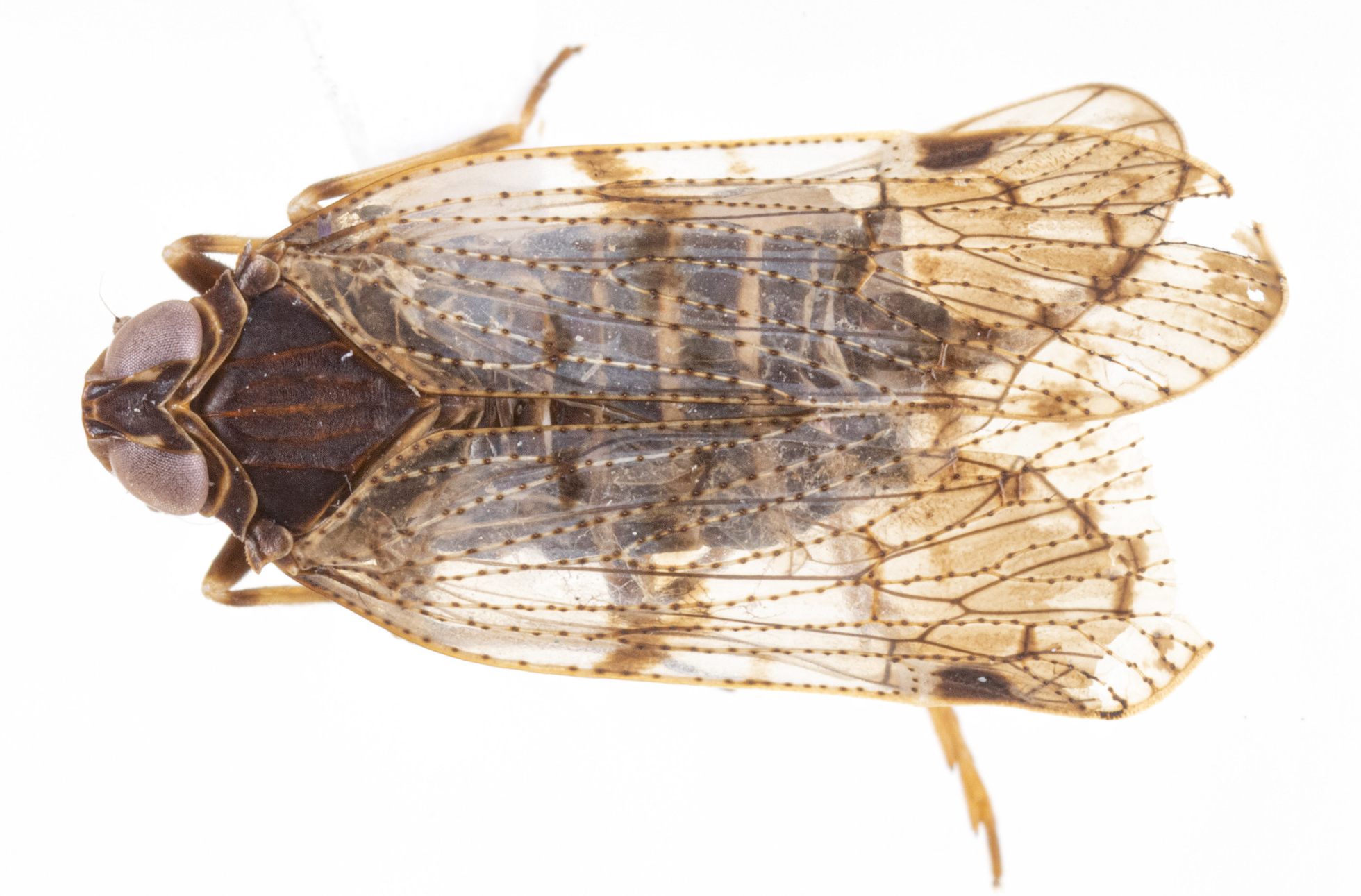
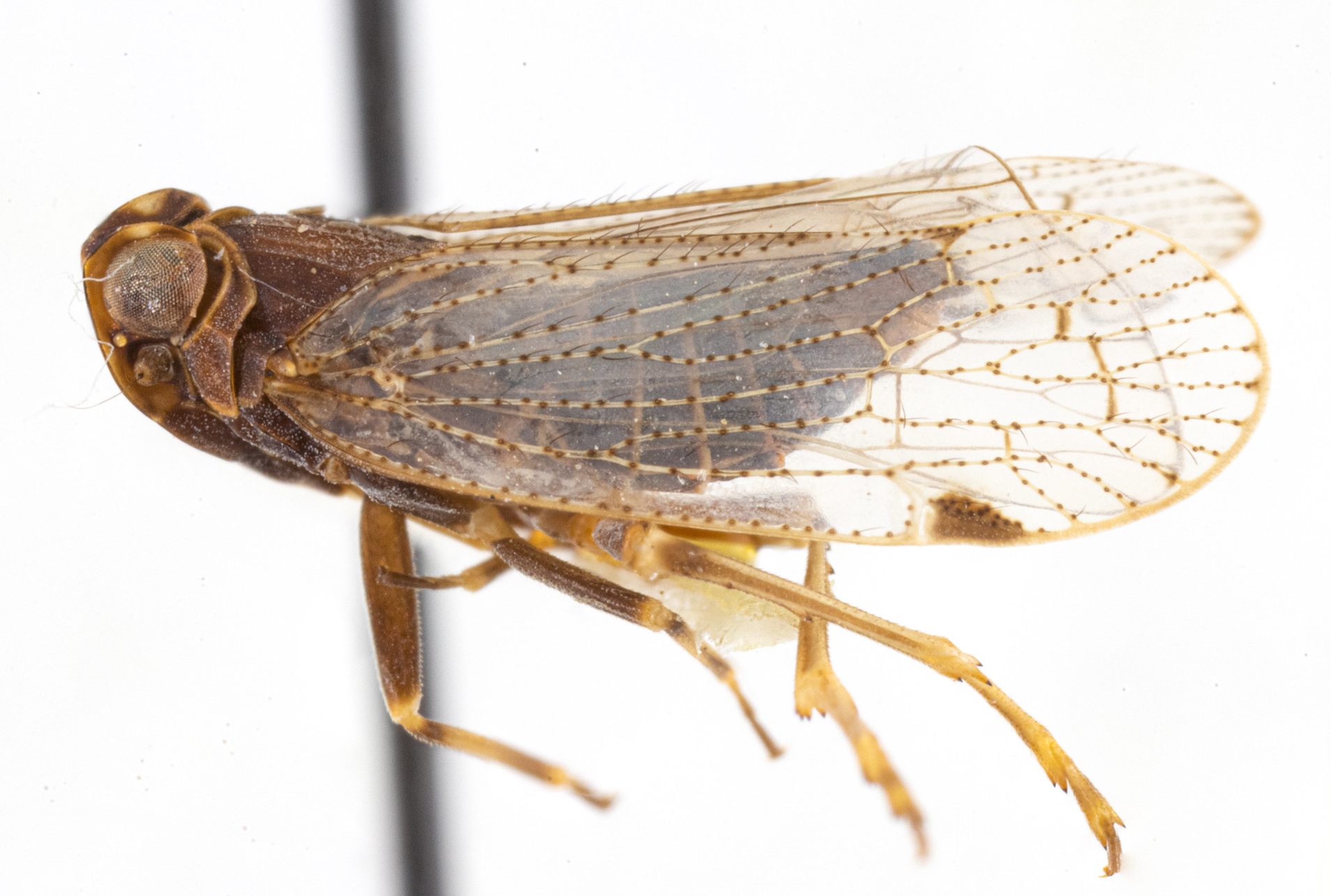
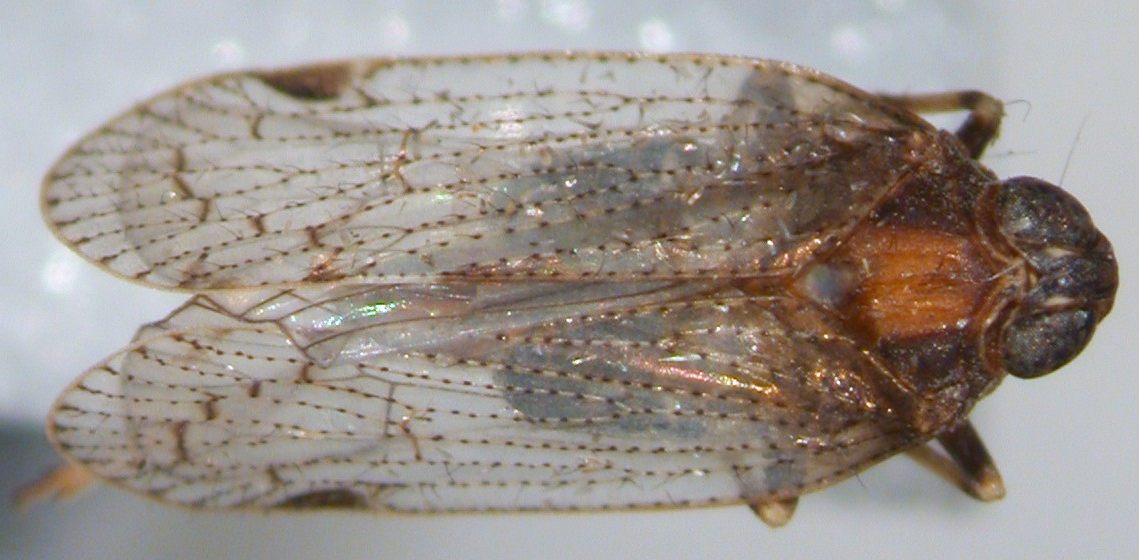

 »
»


